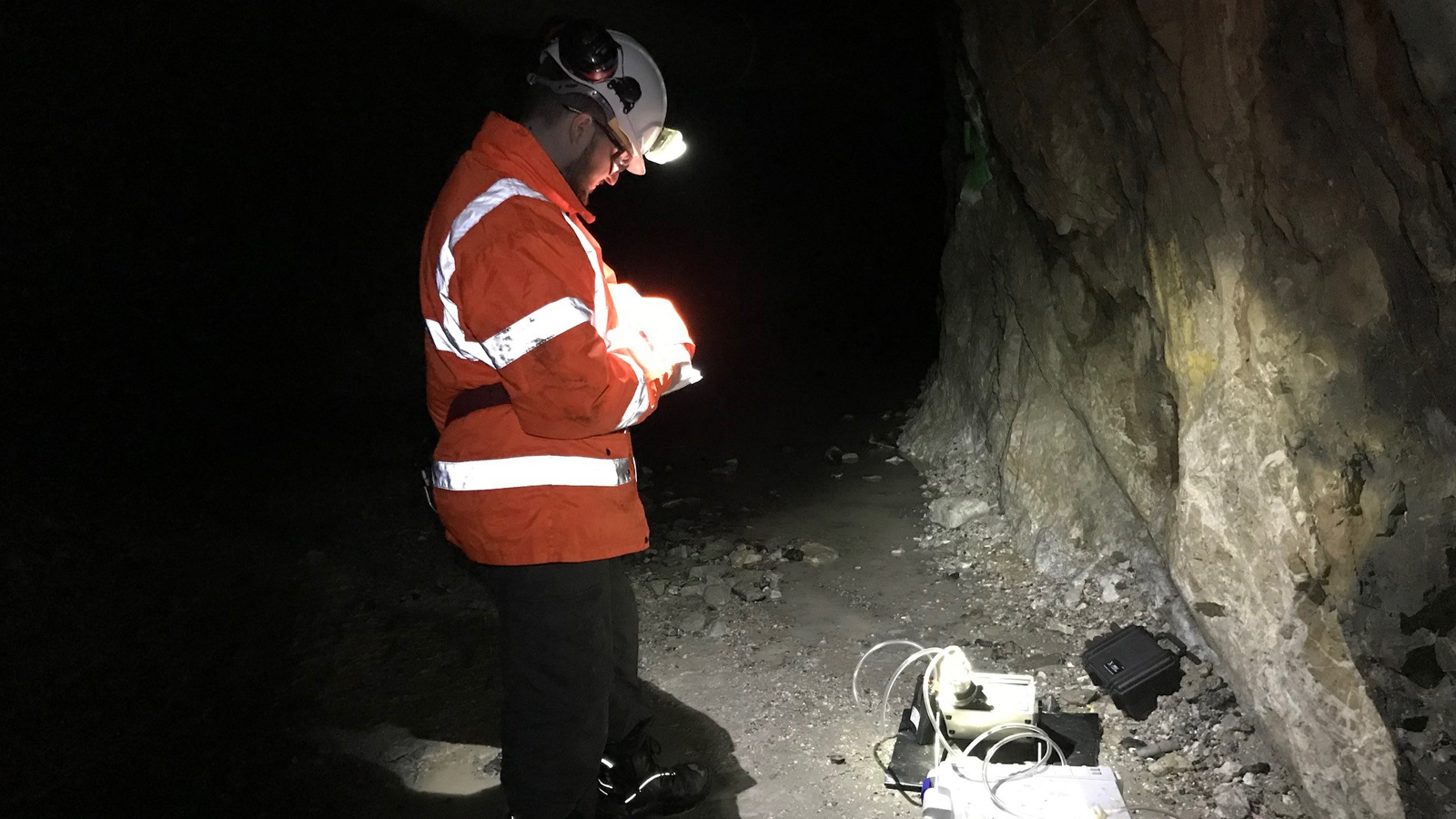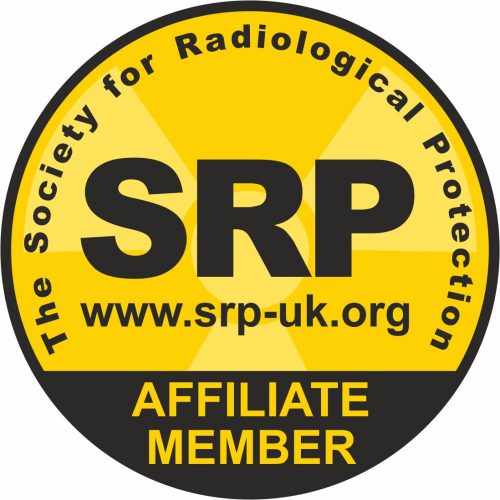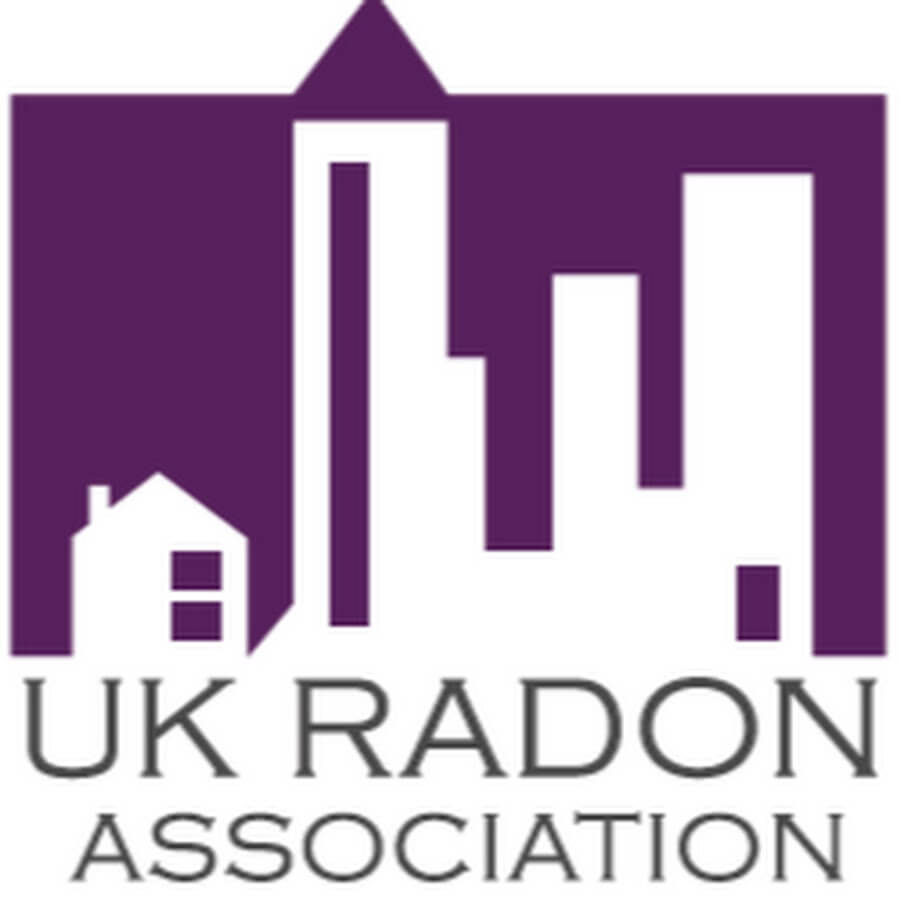Protect your employees and customers from the silent danger of radon with our comprehensive radon testing, monitoring, and mitigation services.
Radon, a naturally occurring radioactive gas, is a silent threat that can go unnoticed in homes and workplaces across the UK.
As the second leading cause of lung cancer after smoking, responsible for over 1,000 deaths annually, radon poses a significant health risk that employers and property owners must address to ensure the safety of their employees, customers, and residents.
Our comprehensive radon services are designed to help you navigate the complexities of radon management, from initial testing and monitoring to implementing effective mitigation strategies and ensuring ongoing compliance with UK regulations, including the Ionising Radiations Regulations 2017 (IRR17).
Our team of certified radon specialists brings years of experience and expertise to every project, working closely with you to understand your unique needs and develop tailored solutions that prioritise the health and well-being of your building’s occupants.
Whether you’re responsible for a workplace, residential property, or public building, our radon services offer peace of mind and protection against the potential dangers of this invisible gas.
We accurately assess radon levels in your property and provide clear, actionable recommendations for reducing exposure and minimising health risks.
Don’t let radon go undetected in your property. Trust Lucion Radiation Protection to provide the knowledge, support, and solutions you need to manage your radon risks and create a safer, healthier space for everyone.






























